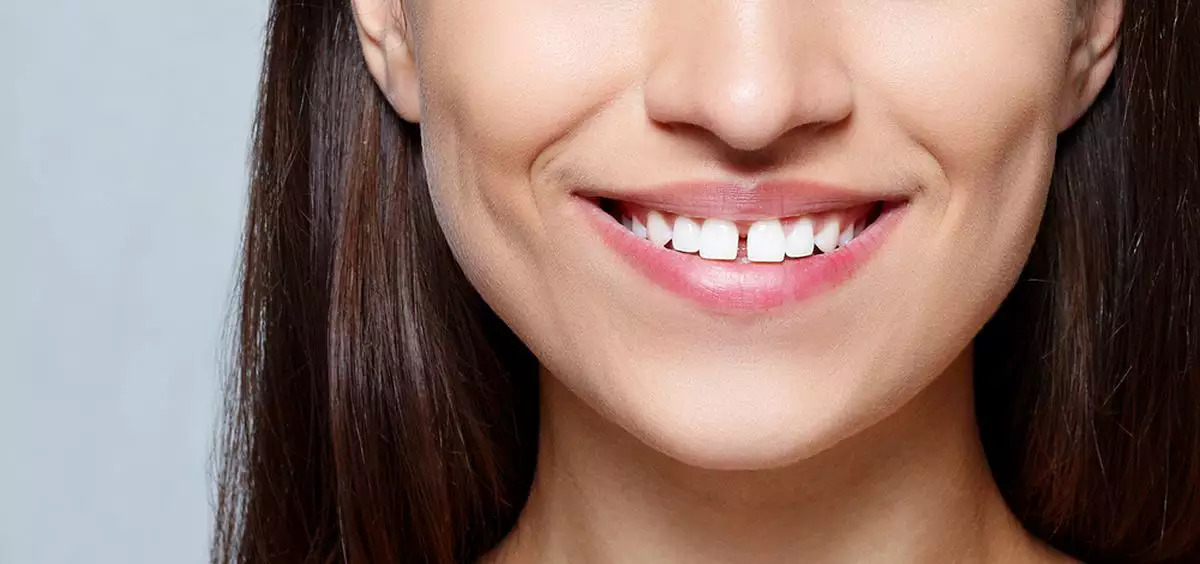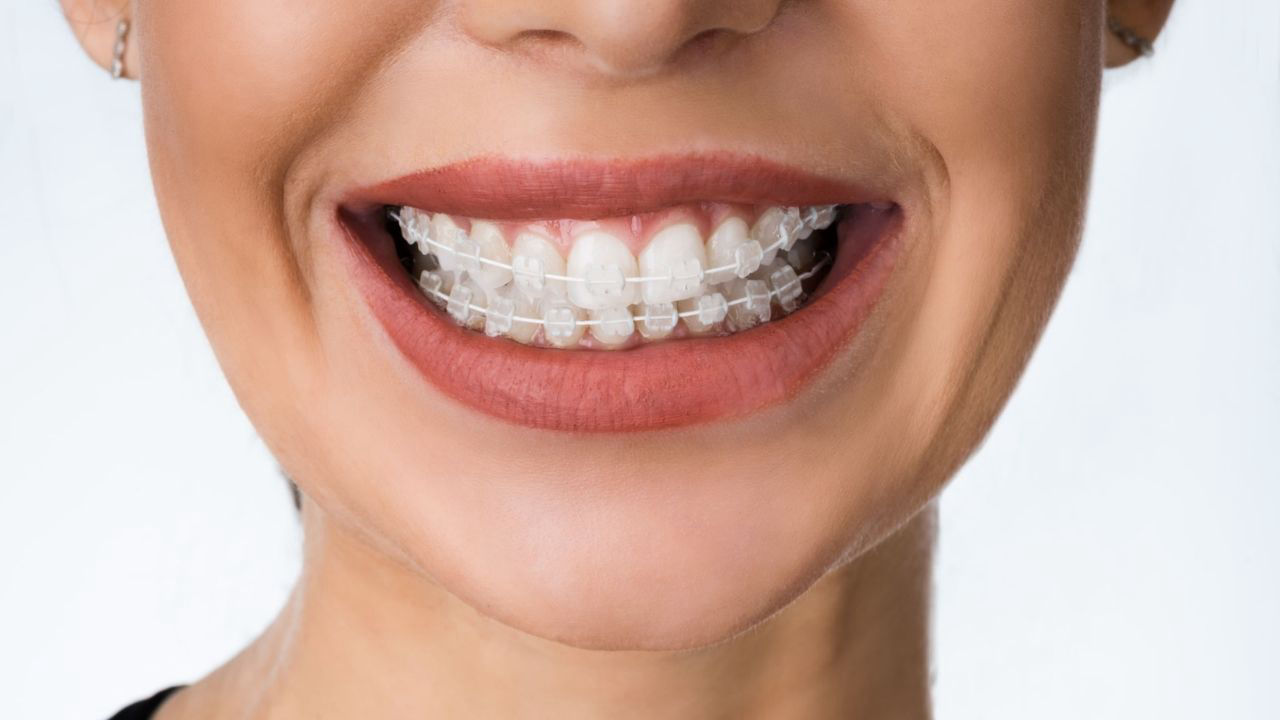No-Cost Dental Care: Government Programs and Clinics
Access to dental care is a critical aspect of overall health and well-being.
In our country, there are government programs and clinics that provide no-cost dental services to specific populations, as well as affordable options for others.
In this comprehensive article, we will explore the state of no-cost dental care, including the programs offered by the government and locations where no-cost or subsidized dental care can be accessed.
Government Programs for No-Cost Dental Care
Our country’s healthcare system, often referred to as Medicare, does not include dental care as part of its universal coverage. However, there are government programs in place at the provincial and territorial levels that provide no-cost or subsidized dental care to certain groups. These programs primarily target vulnerable populations, such as low-income individuals, children, and seniors.
Children’s Dental Programs:
- Many provinces and territories offer no-cost or low-cost dental care to children from low-income families. These programs typically cover a range of services, including check-ups, cleanings, fillings, and even orthodontic treatment in some cases.
Seniors’ Dental Programs:
- Some provinces have dental programs specifically designed for seniors. These programs may cover essential dental services to help older adults maintain their oral health.
Social Assistance Programs:
- Individuals receiving social assistance or government income support may be eligible for dental coverage as part of their benefits. The scope of coverage can vary by province or territory.
Indigenous Health Programs:
- Indigenous communities often have access to dental care through various government-funded health programs designed to address the unique healthcare needs of Indigenous peoples.
Nonprofit and Charity Organizations:
- Various nonprofit organizations and charities run dental clinics that provide no-cost or low-cost services to underserved populations. These clinics often rely on volunteer dentists and donations.
No-Cost Dental Clinics
Apart from government programs, several dental clinics and organizations across the country offer dental care services to those in need. These clinics are typically run by dental professionals who volunteer their time and expertise to help underserved communities.
University Dental Clinics
Some dental schools operate teaching clinics where dental students provide supervised care to patients at reduced or no cost. These clinics offer a wide range of dental services.
Community Health Centers
Community health centers may have dental clinics that offer services to low-income individuals and families on a sliding fee scale, making care more affordable.
Mobile Dental Clinics:
In some regions, mobile dental clinics visit schools, community centers, and remote areas to provide dental care to children and adults who may not have easy access to traditional dental offices.
Nonprofit Dental Clinics:
Several nonprofit organizations operate dental clinics that cater to vulnerable populations. These clinics often receive funding from donations and grants to offer no-cost or low-cost dental services.
Challenges
Despite the presence of government programs and nonprofit clinics offering no-cost dental care, challenges persist in ensuring universal access to dental services. Some of these challenges include:
1. Limited Scope of Coverage: The scope of dental care coverage in many government programs may not include more complex treatments like orthodontics or specialized procedures, leaving some individuals with unmet dental needs.
2. Geographic Disparities: Access to no-cost dental care can vary widely from one province or territory to another, resulting in disparities in oral health outcomes.
3. High Demand: The demand for no-cost or low-cost dental care often exceeds the capacity of existing programs and clinics, leading to waitlists and delays in treatment.
4. Funding Constraints: Government-funded programs may face budgetary constraints, affecting their ability to expand coverage or reduce wait times.
In light of these challenges, there is an ongoing discussion in our country about the need for a more comprehensive approach to oral healthcare. Some advocates argue for the inclusion of dental care in the national healthcare system, similar to medical care. This approach would aim to address the root causes of oral health disparities by providing universal dental coverage to all citizens, regardless of their income or location.
Considerations for Accessing No-Cost Dental Care
While no-cost dental care options exist, there are several considerations to keep in mind:
1. Eligibility: Access to government-funded programs is often based on income, age, and other eligibility criteria. It’s essential to check with your provincial or territorial health authority to determine if you qualify for these programs.
2. Waiting Lists: Some government programs and no-cost clinics may have waiting lists due to high demand. It’s advisable to inquire about wait times and availability.
3. Limited Services: no-cost dental care programs may offer limited services, and coverage may not extend to all necessary treatments. Understanding what services are included is crucial.
4. Geographic Variations: Access to no-cost dental care can vary by province and territory, so it’s essential to research programs available in your specific area.
Access to no-cost dental care is primarily provided through government programs and nonprofit clinics. These initiatives target vulnerable populations such as children, seniors, and low-income individuals, ensuring that dental care remains accessible to those in need.
While the scope of coverage may vary, these programs play a crucial role in promoting oral health and overall well-being. Individuals seeking no-cost dental care should contact their provincial or territorial health authorities or explore nonprofit clinics in their area to determine eligibility and available services.




